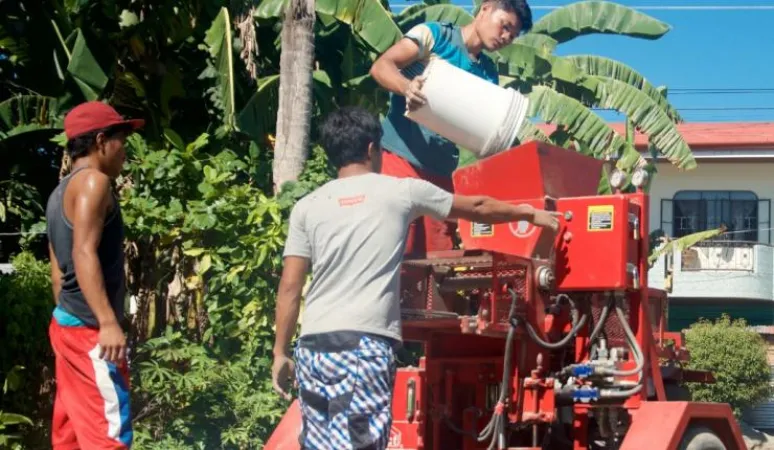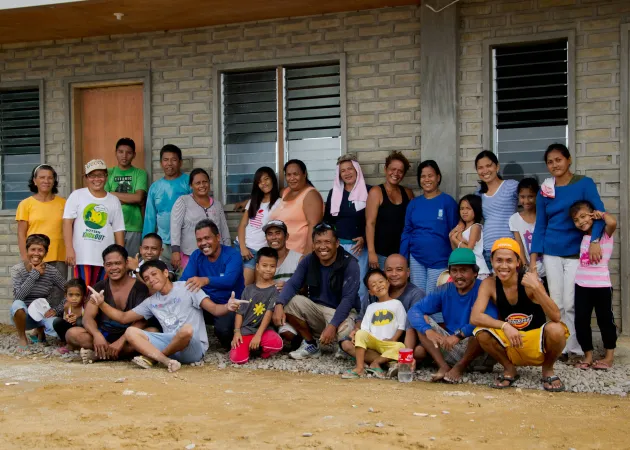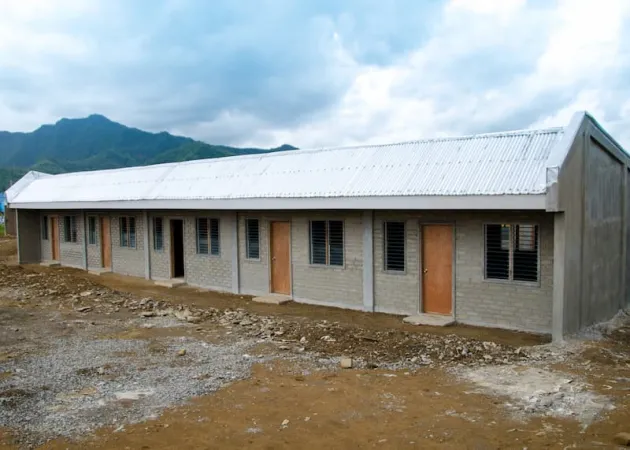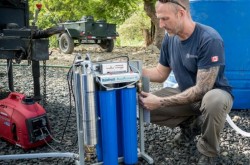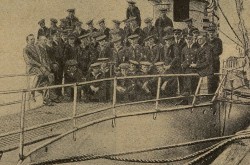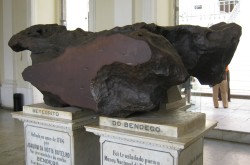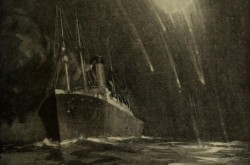GlobalMedic | Compressed Earth Blocks
This article was originally written and submitted as part of a Canada 150 Project, the Innovation Storybook, to crowdsource stories of Canadian innovation with partners across Canada. The content has since been migrated to Ingenium’s Channel, a digital hub featuring curated content related to science, technology and innovation.
To support families who have lost their homes as a result of disasters, GlobalMedic operates an innovative shelter response using Compressed Earth Block (CEB) technology. By simply compacting earth from the ground using the CEB machine, a strong, durable and environmentally friendly building material is produced. These blocks are then used to construct new houses. These homes not only protect families in the event of future disasters but also create employment, strengthen local participation and support the livelihood of communities.
The CEB machine has been used in shelter rehabilitation efforts in the Philippines, and 36 permanent houses have been constructed to date. These homes provide permanent shelter solutions for families who lost their homes as a result of Super Typhoon Haiyan. The CEB machine provides truly sustainable solutions to shelter rehabilitation.



